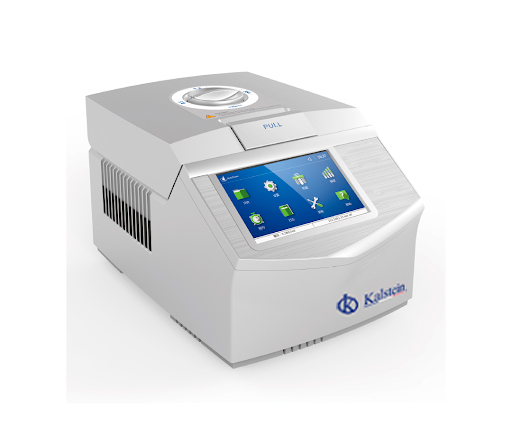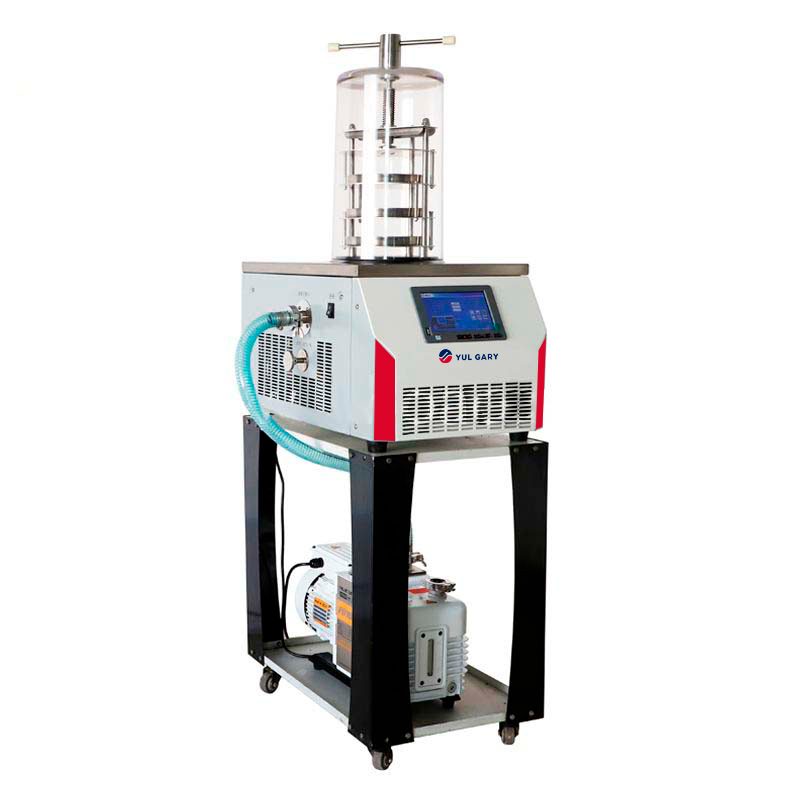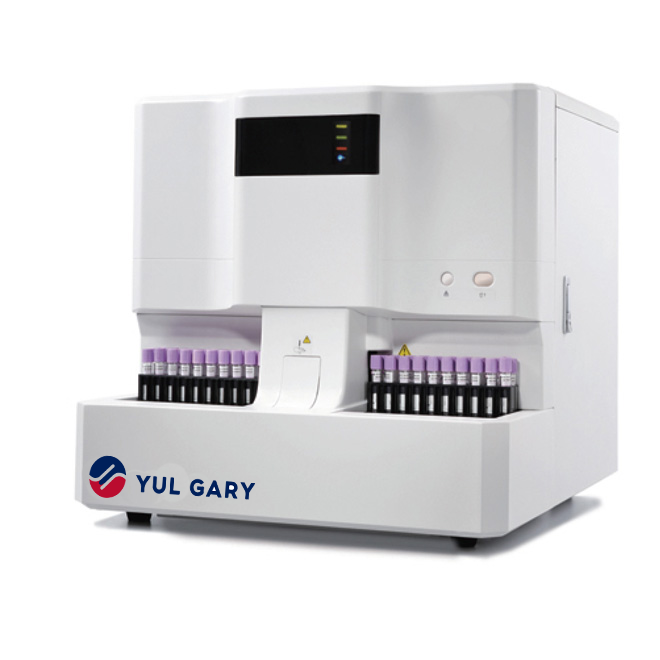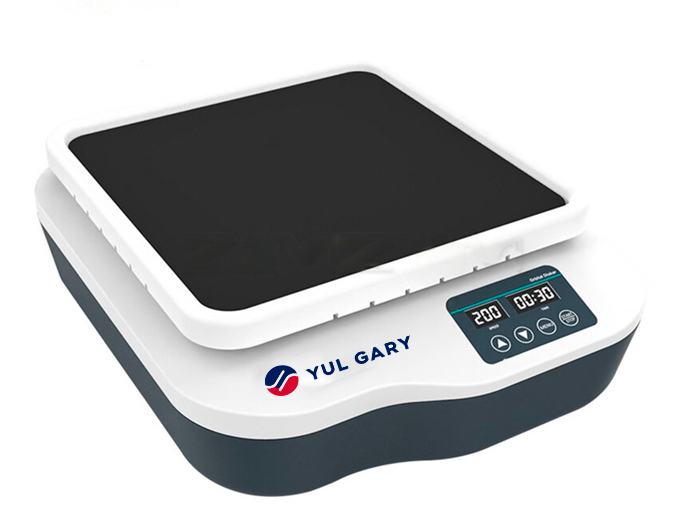Polymerase chain reaction (PCR) is an enzymatic process by which a section of DNA can be duplicated as many times as desired. In English, polymerase chain reaction is also spoken, so the method is also abbreviated with PCR. Nowadays, this technique has become a part of molecular biology with great potential, since, among other things, it can be used:
- To create the genetic fingerprint in the shortest possible time
- When researchers don’t have enough DNA
- Detection of viral agents
- Detection of genetic diseases
- Studies of extinct species when few samples are available
- Collecting information at crime scenes
For example, a mother can have a paternity test with a used fork because, although there may not be enough DNA for the paternity test, the small amount of DNA collected using PCR can be multiplied. This laboratory method was invented in the 1980s by DNA chemist K. Mullis, and since then, its invention has gained great importance and become an indispensable part of biological research. In 1993, the scientist was awarded the Nobel Prize in chemistry for this.
How does the thermo-cycler multiply the DNA strands?
With the help of a device, the thermocycler, scientists can carry out PCR, hence its usefulness in molecular biology laboratories. The most important task of the device is to establish the temperature required for the individual phases of the polymerase chain reaction. These events that occur during each course of PCR are:
- Denaturation
- Hybridization
- Elongation
In general, DNA is present in its double-helix structure at the beginning of the PCR method. However, for the DNA to replicate, it must change its structure and be separated into two individual chains. Otherwise, primers could not be accumulated in the course of PCR and the polymerase could no longer function. Therefore, the thermo-cycler, programmatically, produces temperature changes at pre-set times so that each of the phases can be carried out.
How do each phase of PCR occur?
To denature DNA, the hydrogen bonds connecting the individual chains are first broken apart. After all, there should ultimately be two individual DNA strands to which complementary nucleotides can subsequently attach. This means that the thermo-cycler heats up the DNA.
This happens for about half a minute, during which the DNA inside the thermocycler reaches temperatures of 95 degrees Celsius. As a result, hydrogen bonds break. The result of denaturation is two individual strands of DNA with which additional work can be carried out.
In the next stage, hybridization, the two primers are applied to the individual DNA strands at approximately 60 degrees Celsius. Primers are short sections of DNA that attach to individual strands. They serve as a starting point for the Taq polymerase and flank the target sequence of the DNA to be duplicated. It is important in this case that primers are only complementary to the respective bases of the DNA section.
In the last stage, elongation, the heat-resistant Taq polymerase enzyme binds to primers. It then synthesizes the complementary strands to the individual DNA strands. In this case, the DNA polymerase migrates in the 5-3 direction and resorts to the bases in the solution. These are attached to the DNA strand from which they began. So in total, the complementary bases are connected to each other and the initial double strand is reproduced.
What are the areas of application of PCR?
PCR plays an important role in current research. With the help of PCR, time-consuming methods of detecting agents that cause infections, such as culturing bacterial cultures from samples, can be avoided. For example, this helps with coronavirus testing, in which an infection must be detected as quickly as possible. Another example would be the detection of HIV infection.
Hereditary diseases can also be detected by PCR. First, mutations can be detected by studying the human genome. This is used, among other things, in prenatal diagnosis. By PCR, genetic diseases can be detected in embryonic cells.
Researchers have already managed to reproduce fossils by PCR, even though the species had long since gone extinct. For this purpose, they used genetic material from an insect species of amber fossils and duplicated it. In police investigations, PCR is useful if only a small part of the DNA can be found at the crime scene. This section can be copied as often as desired with PCR and then used for a genetic fingerprint. Similarly, polymerase chain reaction can also allow paternity testing.
Why choose Kalstein’s thermocycler for a molecular biology lab?
Kalstein’s laboratory equipment manufacturer’s thermo-cyclers allow the full potential of PCR to be exploited. These instruments allow precise temperature control, low noise operation and low power consumption. To review other technical information about this equipment, visit the following links HERE and HERE, where you can also find prices, purchase details and quotes.





